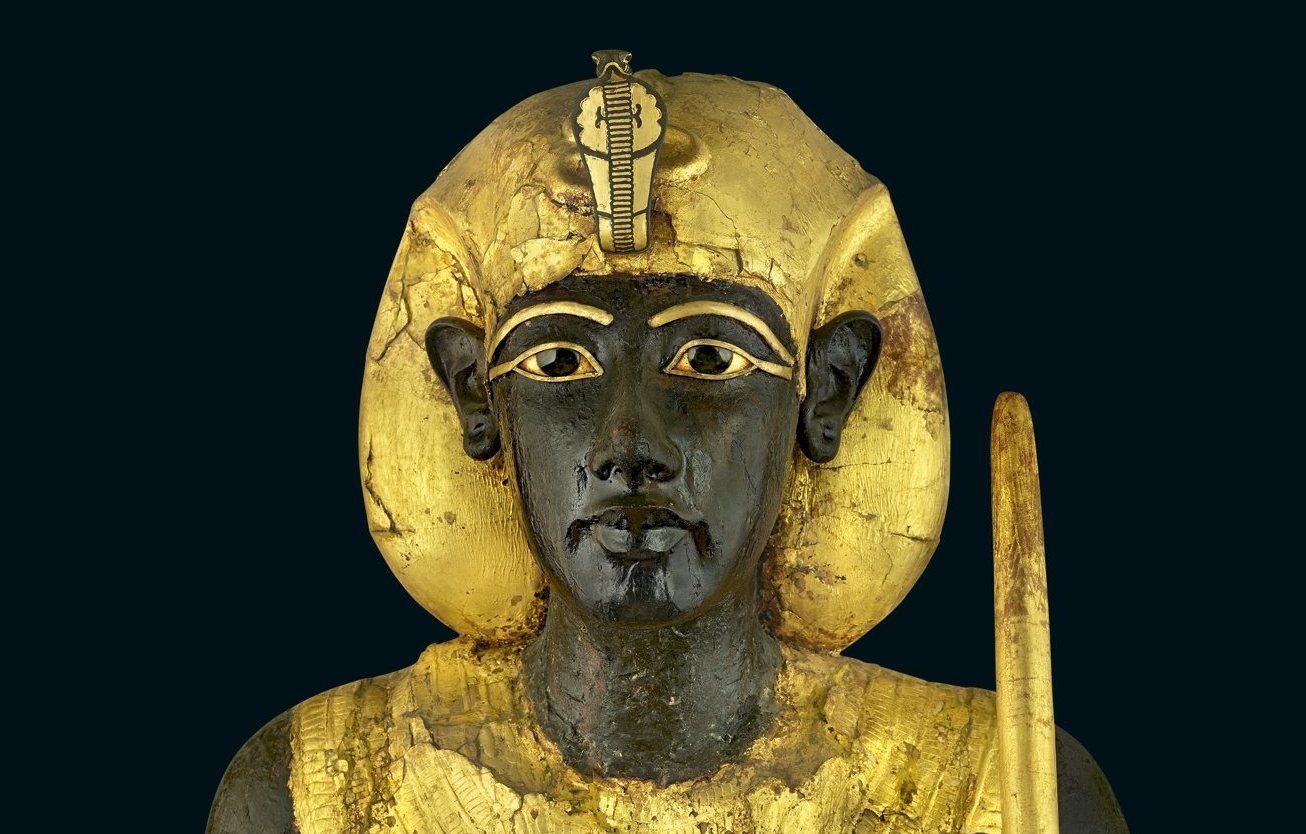In just over a month, from October 1, the tomb of Tutankhamun in the famed Valley of the Kings is closing for restoration. Although the Ministry hasn't announced how long the closure is for, last November (2014) the tomb was closed for a month and half for restoration.
The closure may encourage more tourists to visit the replica tomb created near the entrance to the royal valley. It was the high-resolution scans that Dr. Nicholas Reeves examined before announcing that he suspected Tutankhamun's tomb held another royal burial, that of Nefertiti.
Reeves has been invited to Egypt by Antiquities Minister, Mamdough Eldamaty, to examine the tomb walls for the signs of sealed-up doors that Reeves believes are to found. It is likely to happen during the period of closure. If Reeves' theory turns out to be correct, he will have solved one of Egyptology's greatest mysteries: the location of Nefertiti's long lost tomb.
Tutankhamun's tomb was discovered in 1922 by British Egyptologist, Howard Carter, with the dazzling funerary goods making world headlines. Today those goods are housed in the Egyptian Museum in Cairo, although in due course they will be moved to the new Grand Egyptian Museum, under construction near the Great Pyramids.
This life-sized wooden statue of Tutankhamun is one of an almost identical pair that once flanked the sealed entrance to the burial chamber. They had two important roles: (1) to act as guardians for the tomb, and (2) to represent the royal ka, or spiritual double of the king. Each stood facing the other, holding a staff in the left hand a mace in the other.
The flesh parts on the statues were painted with a shiny black resin. This wasn't meant to tell us that the king was black, but rather a way of linking the king with Osiris, lord of the Underworld. In this way Tutankhamun shares the same fate as Osiris: to die in this world, only to be resurrected in the next.
Although most of the contents of Tutankhamun's tomb were likely appropriated from other royal burials, most notably from Nefertiti before she became 'king' (according to Professor Reeves' theory), the king's guardian statues seem to been commissioned for the king himself, and probably present a reasonable likeness.
This statue (JE 60708) is in the Egyptian Museum in Cairo. Photo: Sandro Vannini
